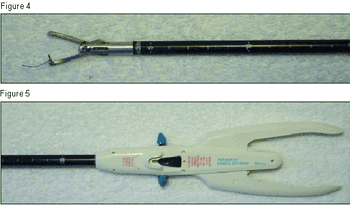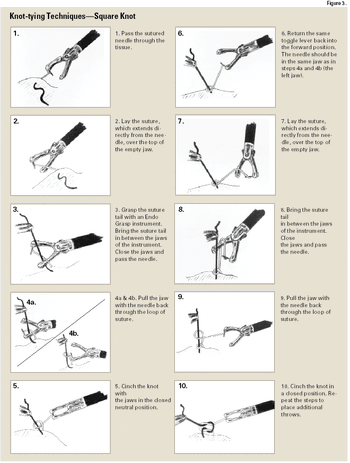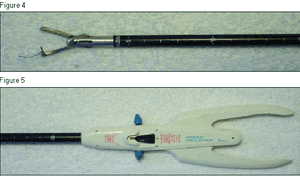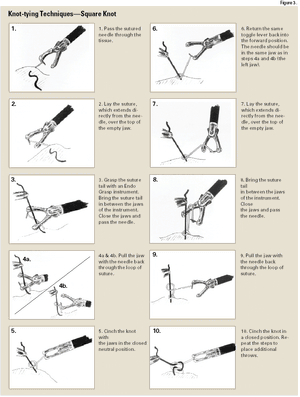
Minimally invasive surgery is a rapidly developing discipline in veterinary medicine, thanks to its widespread use in human medicine. During the past 20 years, veterinarians have watched a temporally similar development with arthroscopic surgery. While minimally invasive surgery has many advantages over traditional open surgery—including reduced postoperative pain, reduced recovery times, and improved operative results—there is a caveat: It requires specialized training and considerable experience. In this article, I'll focus on one particular minimally invasive technique—intracorporeal suturing.





